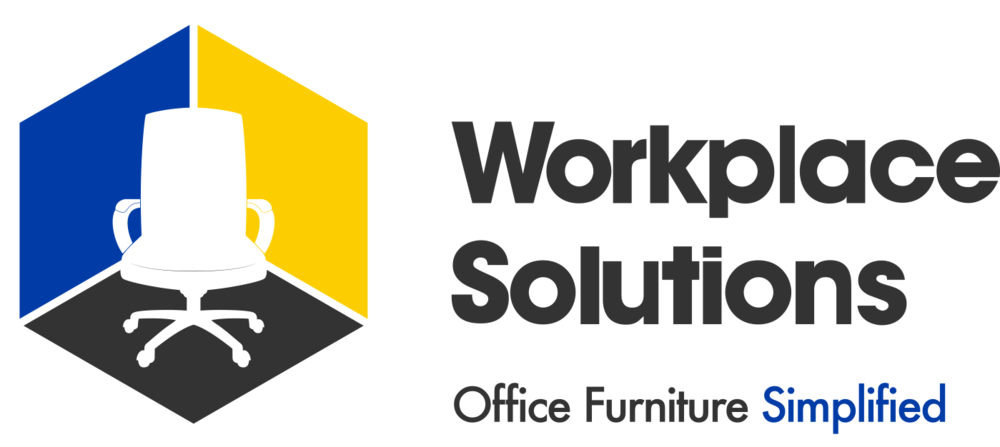In recent years, the open office floor plan has become a staple in modern workplace design. Its promise of fostering collaboration, communication, and transparency has led many organizations to embrace this layout eagerly. However, as with any design concept, there are both advantages and challenges. One significant challenge often arises in open offices is the need for privacy.
While open floor plans encourage interaction and teamwork, they can also leave employees feeling exposed and lacking personal space. The constant buzz of activity can be distracting, hindering concentration and productivity. Fortunately, strategies and solutions are available to create privacy within these dynamic work environments without compromising the benefits of openness and connectivity.
Flexible Furniture Arrangements:
Designing workspaces with adaptable and flexible furniture is a key element in addressing privacy concerns. Furniture on wheels, movable dividers, and modular seating arrangements can allow employees to customize their workspace based on the task at hand.
Modular Workstations:
Investing in modular workstations that offer adjustable partitions or screens can allow employees to tailor their workspace according to their privacy needs. This flexibility enables them to strike a balance between collaboration and solitude throughout the day.
Designated Quiet Zones:
Introducing designated quiet zones within the office can provide employees with spaces where they can retreat to focus on individual tasks without distractions. These areas can be equipped with comfortable furniture, soundproofing elements, and possibly even greenery to create a calming atmosphere conducive to concentration.
Enclosed Meeting Rooms:
While open collaboration areas are essential, having enclosed meeting rooms equipped with soundproofing materials ensures that sensitive discussions can take place without fear of being overheard. These rooms can also serve as private spaces for focused work when needed.
Acoustic Solutions:
Addressing acoustic challenges is crucial in maintaining privacy in open offices. Implementing acoustic panels, carpeting, and ceiling baffles can help absorb sound and reduce noise levels, creating a more peaceful environment conducive to concentration.
Intelligent Use of Dividers:
Low-height dividers strategically placed between workstations can provide a visual barrier without completely obstructing the line of sight. These dividers offer a sense of enclosure, helping employees feel more focused and less exposed to the constant movement around them.
The open-layout office design has reshaped how we work, promoting collaboration and interaction. However, acknowledging the importance of privacy is crucial for sustaining a healthy and productive work environment. By incorporating flexible furniture, intelligent dividers, designated quiet zones, noise reduction solutions, and personalized workstations, organizations can successfully navigate the open seas of office design, creating a workspace that harmonizes collaboration and individual focus. Balancing these elements will not only address the privacy concerns of employees but also contribute to a workplace culture that values both teamwork and personal space.

